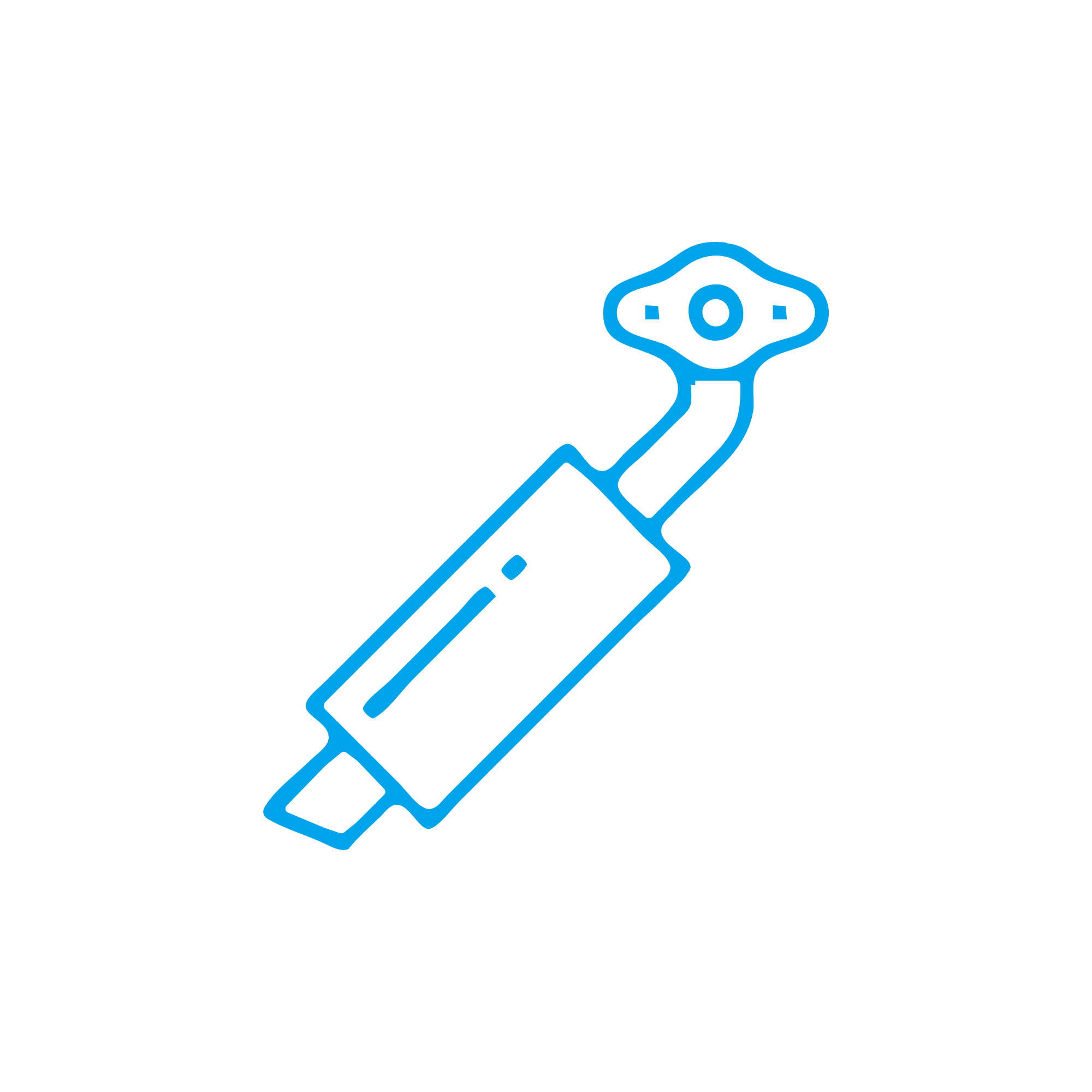EXHAUST SILENCER and Exhaust System Components for Demanding Engine Applications
The Exhaust system is a critical assembly that manages hot combustion gases as they leave the cylinders, controls noise, protects nearby equipment and personnel, and supports emissions compliance. As a category, it spans the EXHAUST SILENCER, manifolds, elbows, flexible compensators, expansion joints, spark arrestors, piping, insulation, catalysts, SCR mixers, DPFs, sensors, and mounting hardware. In marine and stationary power applications alike, a well-engineered Exhaust system stabilizes engine performance, safeguards the turbocharger, keeps backpressure within specification, and ensures that vessels and plants meet acoustic and environmental targets.
For shipowners and operators of diesel and gas engines, this category is not only about noise reduction. It is about reliable gas flow, corrosion resistance in harsh atmospheres, robust thermal management, and safe integration with surrounding systems. Correctly matched components reduce lifecycle costs by preventing premature wear, minimizing unplanned downtime, and maintaining the engine’s designed efficiency.
Technical Function of the Exhaust System and EXHAUST SILENCER in Diesel and Marine Engines
From the outlet of the exhaust manifold to the stack, the Exhaust system channels pulsating, high-temperature gas through a defined pathway that must balance pressure drop, acoustic damping, and thermal control. The EXHAUST SILENCER for a diesel engine or marine engine plays a central role: it attenuates broadband noise generated by combustion pulses and turbocharger blade passing frequencies. Depending on the noise profile and footprint, silencers are designed as reactive, absorptive, or hybrid units—using tuned chambers, perforated tubes, and high-grade acoustic media to achieve the required dB(A) reduction without imposing harmful backpressure.
In marine installations, wet or dry configurations are selected. Dry systems keep gas hot and insulated up to the EXHAUST SILENCER and stack, while wet (water-injected) arrangements quench and cool exhaust downstream of a mixing elbow, drastically reducing temperature and radiated noise. Gas engines may also incorporate certified spark arrestors integrated with or upstream of the silencer. Across all formats, properly sized expansion joints decouple thermal growth and vibration, while supports and hangers maintain alignment to protect turbochargers and manifolds.
Flow optimization is essential. The engine maker defines a maximum allowable exhaust backpressure; the system must stay below this limit across the load range, including with any SCR/DPF aftertreatment installed. Poorly sized silencers, undersized piping, sharp elbows, or fouling increase restriction, elevating turbine inlet temperature and reducing compressor efficiency. Conversely, correctly specified EXHAUST SILENCER OEM parts maintain predictable acoustic performance with stable pressure loss over time, ensuring consistent engine response and fuel economy.
- · Low backpressure across the operating range
- · High acoustic attenuation matched to dB(A) targets
- · Corrosion-resistant materials for marine atmospheres
- · Robust insulation and cladding for thermal safety
- · Expansion joints and flexible elements for vibration control
- · Proven compatibility with SCR, DPF, and catalysts
- · Precise fit with manifolds, turbo outlets, and stacks
- · Service-friendly design for inspection and cleaning
Why the Exhaust System Is Critical for Reliability and Service Life
Exhaust components work in a severe environment of heat, pulsation, and corrosive condensates—especially in marine engine rooms where salt-laden air accelerates degradation. When the system is correctly engineered and maintained, the engine breathes freely, operates within design temperatures, and delivers stable output with low fuel consumption. When it is not, the consequences can be immediate and costly.
Excess backpressure stresses exhaust valves and raises turbine inlet temperature, threatening turbocharger bearings and seals. Loose baffles in a silencer can partially collapse and restrict flow. Soot and ash accumulate in elbows, silencers, and aftertreatment, creeping up pressure drop and eroding performance. Leaks from cracked welds or corroded sections allow hot gas to escape, creating fire risk, exposing crew to harmful emissions, and causing false readings on temperature or NOx sensors. Misaligned or rigidly fixed pipework transmits vibration, promoting fatigue cracks in manifolds and turbo casings. All of these issues undermine uptime and shorten the engine’s service life.
Advantages of OEM Spare Parts Suitable for the Exhaust System and EXHAUST SILENCER
Choosing OEM spare parts tailored to the Exhaust system preserves the engineered balance between flow, acoustics, and durability. Dimensional accuracy and material traceability ensure the EXHAUST SILENCER for a marine engine or diesel engine fits existing supports and flanges, minimizing installation time. Acoustic performance is validated at design stage, so specified attenuation levels are achieved without exceeding backpressure limits. Weld procedures, corrosion-resistant alloys, and insulation systems are specified to withstand thermal cycling and condensates, reducing the risk of premature failure.
With EXHAUST SILENCER OEM parts, documentation supports regulatory compliance, from noise limits to emissions integration. Consistent geometry keeps SCR mixers, DPF housings, and sensors positioned where the engine calibration expects them, protecting emissions performance and fuel efficiency. Over the lifecycle, this reduces unplanned downtime, avoids costly rework, and lowers total cost of ownership by extending service intervals and maintaining engine efficiency.
MOPA – Your Partner for OEM Exhaust System Components and EXHAUST SILENCER
MOPA supplies OEM parts for diesel and gas engines with a focus on speed, quality, and security in every transaction. We source and deliver EXHAUST SILENCER assemblies, manifolds, elbows, expansion joints, spark arrestors, and related Exhaust system components with full part-number control and documentation. Our team supports purchasers and technical managers with quick cross-references, backpressure checks, and selection advice to match acoustic targets and packaging constraints.
With global logistics, compliant export handling, and rigorous quality controls, MOPA reduces downtime risks and keeps fleets and plants running. Whether you need an EXHAUST SILENCER for a marine engine refit or a complete set of OEM parts for a power plant diesel engine, we prioritize punctual delivery and clean technical execution.
Conclusion: Keep Engines Efficient with a Robust Exhaust System
The Exhaust system—centered around the correctly specified EXHAUST SILENCER—protects performance, safety, and compliance in marine and stationary engines. Selecting OEM spare parts suitable for this category preserves flow, noise attenuation, and durability, helping your assets operate reliably and cost-effectively over the long term.


